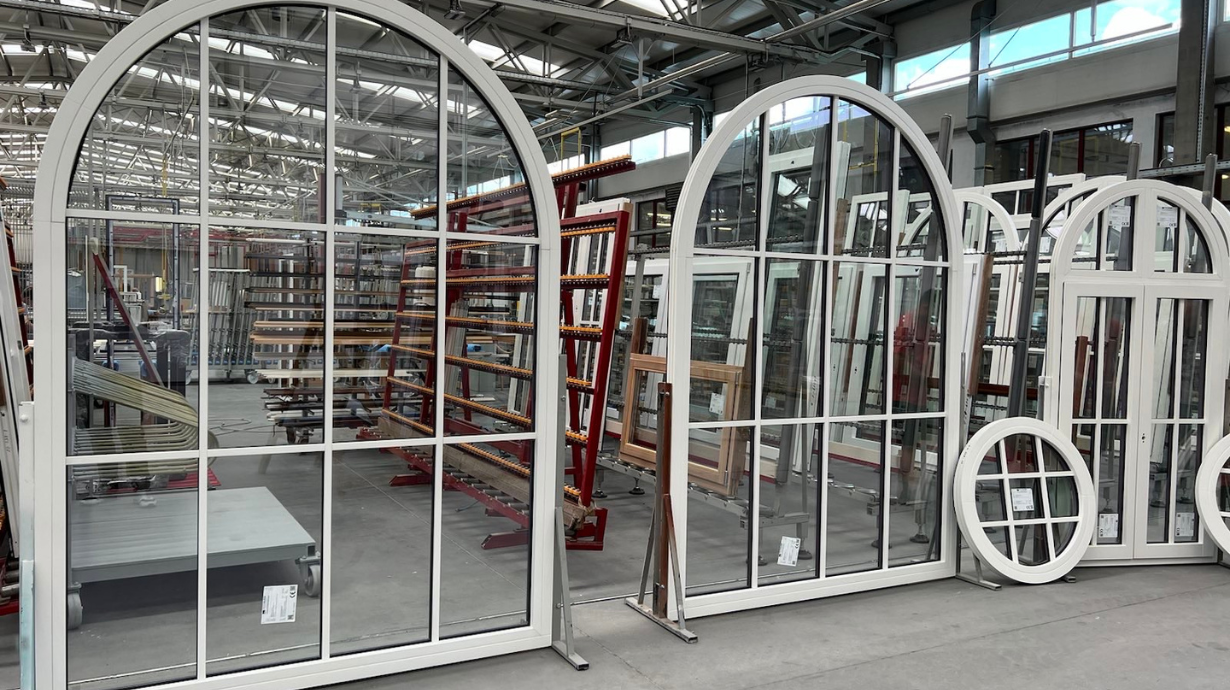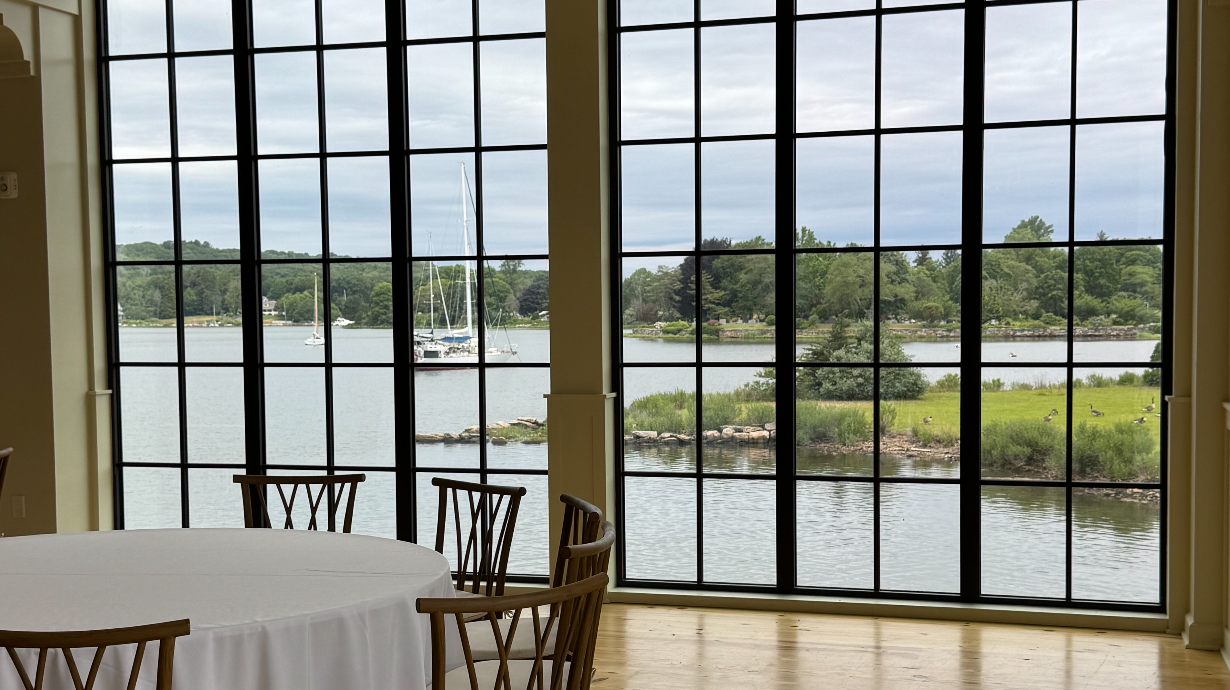When building a custom home, selecting the right windows is a critical decision that impacts aesthetics, comfort, energy efficiency, and long-term value. Windows are not just openings to the outside world; they are architectural elements that define your home’s character and affect its performance. This guide will walk you through the essential factors to consider when choosing windows for your custom home.
The Importance of Selecting the Right Windows
Windows serve multiple purposes beyond simply letting in light and air. They:
- Define your home’s architectural style
- Impact energy efficiency and utility costs
- Contribute to indoor comfort year-round
- Affect noise reduction
- Provide security and safety
- Enhance property value
With so much riding on your window selection, it’s worth investing time to understand your options and make informed choices.
Window Materials: Finding the Perfect Balance
uPVC Windows
uPVC windows offer exceptional value, combining affordability with strong thermal performance. Systems like the IDEAL 8000 and Kömmerling 76 provide outstanding insulation properties, with heat transfer coefficients as low as 0.76 W/m²K, meeting passive house standards.
Advantages of uPVC:
- Excellent thermal insulation
- Low maintenance requirements
- Cost-effective
- Variety of design options
- Weather-resistant
Best for: Homeowners seeking energy efficiency on a reasonable budget, particularly in coastal areas where salt exposure challenges window durability.
Aluminum Windows
Aluminum windows represent the modern choice for custom homes, offering sleek, minimal frames that maximize glass area. Systems like the COR 70 Industrial and MB-86 provide both aesthetic appeal and performance.
Advantages of Aluminum:
- Slim profiles for contemporary aesthetics
- Superior strength allowing larger glass areas
- Durability and longevity
- Various finish options
- Excellent for large openings
Best for: Architectural designs emphasizing modern aesthetics, homes with panoramic views, and projects where strength and minimal visual frames are priorities.
Steel Windows
Steel windows offer unparalleled strength and distinctive narrow sightlines that add character to both traditional and modern homes.
Advantages of Steel:
- Ultra-narrow profiles
- Exceptional strength
- Distinctive aesthetic
- Longevity measured in decades
- Fire resistance
Best for: Historic renovations, industrial-inspired designs, and luxury homes where distinctive character is desired.
Window Styles: Form and Function
The operating style of your windows affects not only aesthetics but also ventilation, security, and ease of use.
Fixed Windows
Non-operable windows that prioritize views and light while offering the best energy efficiency and security.
Casement Windows
Hinged on one side, these windows open outward like a door, providing excellent ventilation and a tight seal when closed.
Awning Windows
Hinged at the top and opening outward, these windows allow ventilation even during light rain and work well in combination with fixed panes.
Double-Hung Windows
Feature two vertically sliding sashes, offering flexible ventilation options and traditional aesthetics.
Sliding Windows
Operate horizontally on tracks, ideal for modern homes and spaces where outward opening would be impractical.
Tilt-and-Turn Windows
European-style windows that open in two ways: swinging inward like a door or tilting inward from the top for ventilation.
Energy Efficiency Considerations
In today’s energy-conscious environment, window thermal performance is paramount. Here’s what to look for:
U-Value
Measures heat transfer – lower values indicate better insulation. Look for windows with U-values below 1.3 W/m²K for standard efficiency, and below 0.8 W/m²K for high performance.
Solar Heat Gain Coefficient (SHGC)
Indicates how much solar radiation passes through the window. In northern climates, higher SHGC values can help with passive solar heating, while in southern climates, lower values reduce cooling costs.
Multiple Chamber Design
Modern uPVC and aluminum frames use multi-chamber designs (typically 5-7 chambers) to improve thermal performance. More chambers generally mean better insulation.
Glazing Options
- Double glazing: Two glass panes with an insulating gas fill between them
- Triple glazing: Three panes for maximum thermal performance
- Low-E glass: Special coatings that reflect infrared light, keeping heat in during winter and out during summer
- Gas fills: Argon or krypton between panes to improve insulation
Design and Aesthetics
Windows should complement your home’s architectural style while meeting your performance needs.
Frame Profiles
Consider how the frame profiles affect your home’s appearance:
- Flush sash designs for contemporary look
- Stepped frames for traditional aesthetics
- Chamfered or sculptured frames for distinctive character
Color Options
Modern windows offer extensive customization:
- uPVC windows available in solid colors or wood-effect finishes
- Aluminum windows can be powder coated in virtually any RAL color
- Dual-color options (different interior/exterior finishes)
Hardware Choices
Door and window hardware like handles, locks, and hinges should match your home’s interior design theme. Options range from minimalist modern to ornate traditional styles in various finishes.
Custom Features Worth Considering
Sound Insulation
If your home is in a noisy area, look for windows with enhanced acoustic ratings. Many premium systems offer sound reduction up to 45-48 dB.
Security Features
- Multi-point locking systems
- Reinforced frames
- Laminated security glass
- Anti-lift mechanisms
- RC2 or RC3 security ratings
Integrated Blinds
Some advanced window systems offer blinds sealed between glass panes, providing convenience and cleanliness.
Automated Opening
Smart home integration allows for programmable opening/closing based on temperature, time, or voice commands.
Balancing Budget and Value
Window costs vary widely based on material, performance, and customization. While it’s tempting to minimize window expenses, remember that windows are a long-term investment that directly impacts comfort and energy bills.
Investment Strategy
Consider allocating window budget strategically:
- Prioritize high-performance windows on weather-exposed elevations
- Invest in statement windows for main living areas
- Balance with more standard options in secondary spaces
Long-Term Value
Calculate the true cost of windows by considering:
- Initial purchase and installation costs
- Energy savings over time
- Maintenance requirements
- Expected lifespan
- Warranty coverage
The Installation Factor
Even the highest quality windows will underperform if improperly installed. Ensure your window provider offers professional installation with:
- Proper flashing and weatherproofing
- Correct shimming and support
- Appropriate insulation around frames
- Proper sealing and finishing
Making the Final Decision
With so many options available, making a final decision can be overwhelming. Here’s a systematic approach:
- Define priorities: Rank importance of factors like energy efficiency, aesthetics, budget, etc.
- Research materials: Understand the pros and cons of each material type
- Get samples: View actual frame sections and glass options
- Visit showrooms: See operating mechanisms and feel the quality
- Request detailed quotes: Ensure all costs are transparent
- Check warranties: Understand coverage terms and duration
Conclusion
Choosing windows for your custom home is a significant decision that deserves careful consideration. By understanding the available options and how they align with your specific needs, you can select windows that enhance your home’s beauty, comfort, and efficiency for years to come.
Whether you prioritize the sleek minimalism of aluminum frames, the exceptional insulation of modern uPVC systems, or the timeless character of steel windows, today’s market offers solutions to match any architectural vision and performance requirement.
For personalized guidance on selecting the perfect windows for your custom home, contact our experts who can help navigate the options and find the ideal solution for your project.
Frequently Asked Questions
How to choose the right windows for your home?
Consider your home’s architectural style, climate, energy efficiency needs, and budget. Balance aesthetic preferences with practical factors like maintenance requirements and thermal performance for the best long-term satisfaction.
Which type of windows is best for a home?
The best window type depends on your specific needs. uPVC windows offer excellent insulation and value, aluminum windows provide contemporary aesthetics with strength, while wood windows offer traditional charm. Your climate, home style, and budget should guide your selection.
Which windows is best for house construction?
For new construction, high-performance windows with excellent insulation properties are ideal. Tilt-and-turn systems offer versatility, while fixed and casement combinations maximize efficiency and ventilation where needed. The specific best choice depends on your climate zone and architectural style.
How do you choose your windows?
Start by defining your priorities regarding energy efficiency, aesthetics, functionality, and budget. Research window materials and styles, then consult with professionals who can provide samples and detailed quotes. Finally, consider long-term factors like maintenance and warranty coverage before making your decision.




